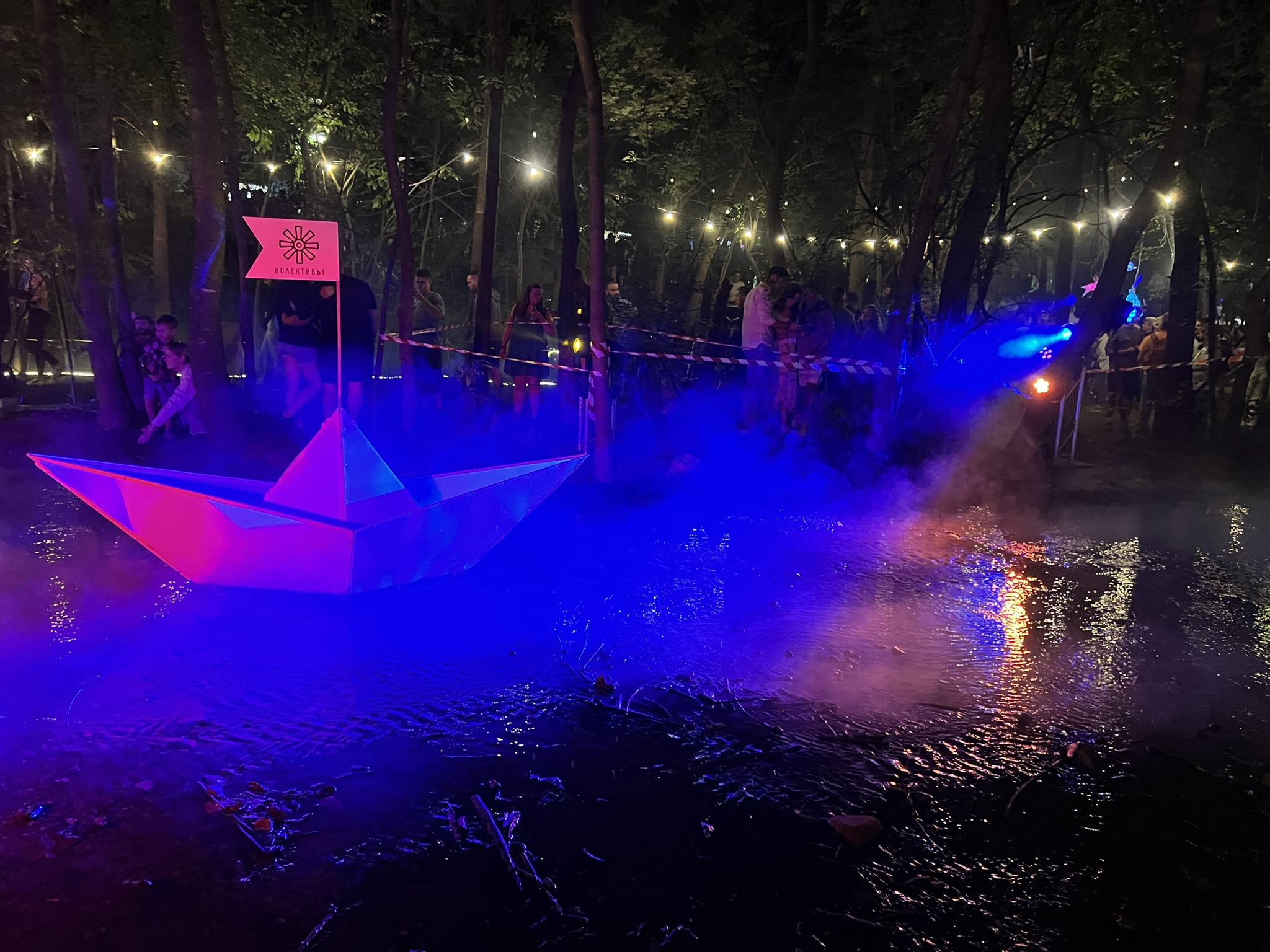Hungary • Central Hungary
Budapest straddles the Danube River where twin cities Buda and Pest united in 1873, creating a Central European capital where elegant Art Nouveau architecture stands alongside Roman ruins, Ottoman-era thermal baths, and Soviet-period monuments. The city’s dramatic setting places the medieval Castle District and Matthias Church atop Buda’s hills overlooking the grand Hungarian Parliament building and St. Stephen’s Basilica across the river in flat Pest, connected by the iconic Chain Bridge and several additional spans. Beyond architectural splendor, Budapest preserves exceptional thermal bathing traditions through historic facilities including the Neo-Baroque Széchenyi Baths, the Art Nouveau masterpiece Gellért Baths, and Turkish-era Rác and Király Baths utilizing natural thermal springs containing minerals with therapeutic properties. The city presents remarkable cultural depth through institutions like the Hungarian National Museum documenting the nation’s complex history, the House of Terror examining fascist and communist oppression, and the Hungarian State Opera offering world-class performances at accessible prices. Budapest’s distinctive drinking culture spans traditional folk-style music venues in former socialist-era apartment buildings (romkocsmak or ruin bars), sophisticated wine bars highlighting Hungarian varietals from 22 wine regions, and historic cafes like Gerbeaud and New York Cafe maintaining turn-of-the-century grandeur. This multifaceted capital combines imperial Habsburg elegance with gritty post-communist character, offering experiences from classical concerts in St. Stephen’s Basilica to Jewish Quarter food tours highlighting Hungarian-Jewish culinary traditions, seasonal events like Christmas markets, and evening Danube cruises showcasing the UNESCO-protected riverfront illuminated by thousands of lights.
Known For
thermal baths
striking architecture
ruin bars
Danube river
cafe culture
Cultural Experience
Cultural richness score: 9/10
Please visit:
Our Sponsor
